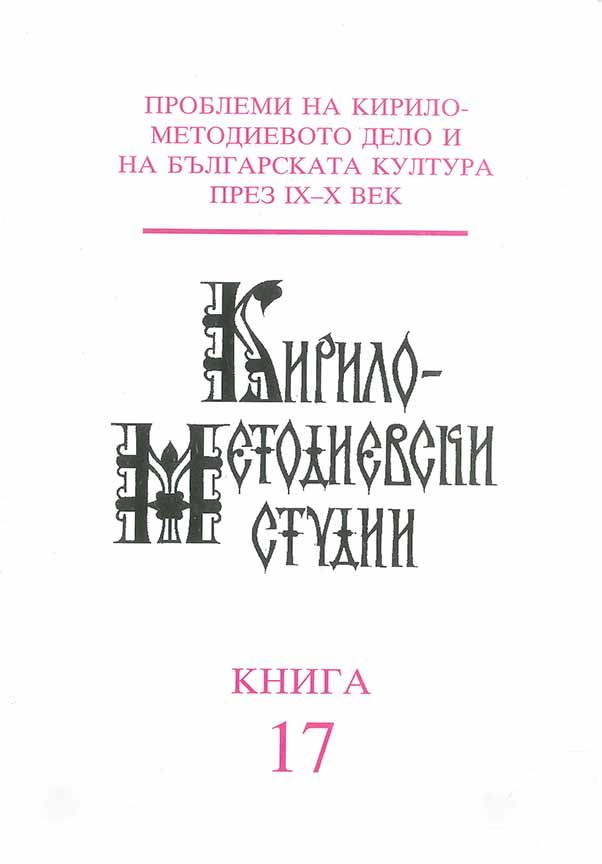Применение фитной нотации в ранних славянских и греческих Минеях
The Use of Theta Notation in the Early Slavic and Greek Menaia
Author(s): Mariana DimitrovaSubject(s): Language studies, Language and Literature Studies
Published by: Кирило-Методиевски научен център при Българска академия на науките
Summary/Abstract: This paper is based on a parallel study of Greek and Slavic hymns from the Menaia containing Theta notation - a primitive notational type intended to mark the places of the melodic ornaments (melismata) in otherwise plain settings sung from memory. One of the issues discussed is the stable disposition of the melismata: when compared with their fully-notated counterparts from the Greek and Slavic Sticheraria, the hymns from the Menaia appear to have embraced the same traditional pattern of melodic embellishment. At the same time, the ornaments designated by Theta notation are limited in number and tend to coincide with the points of structural division, such as the transition to the closing section of the hymn or the introduction of a biblical citation. The most intriguing trait of Theta notation is the way it was applied. Unlike the developed notations, which were inscribed by trained musical copyists, Theta notation was incorporated in the hymns by the principal scribes of the Menaia and probably served their own intent to include some essential musical features into the hymnographic texts.
Journal: Кирило-Методиевски студии
- Issue Year: 2007
- Issue No: 17
- Page Range: 233-242
- Page Count: 10
- Language: Russian
- Content File-PDF

